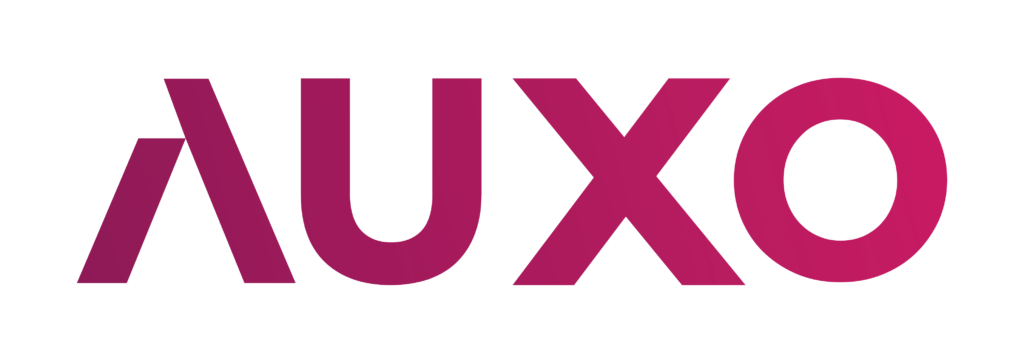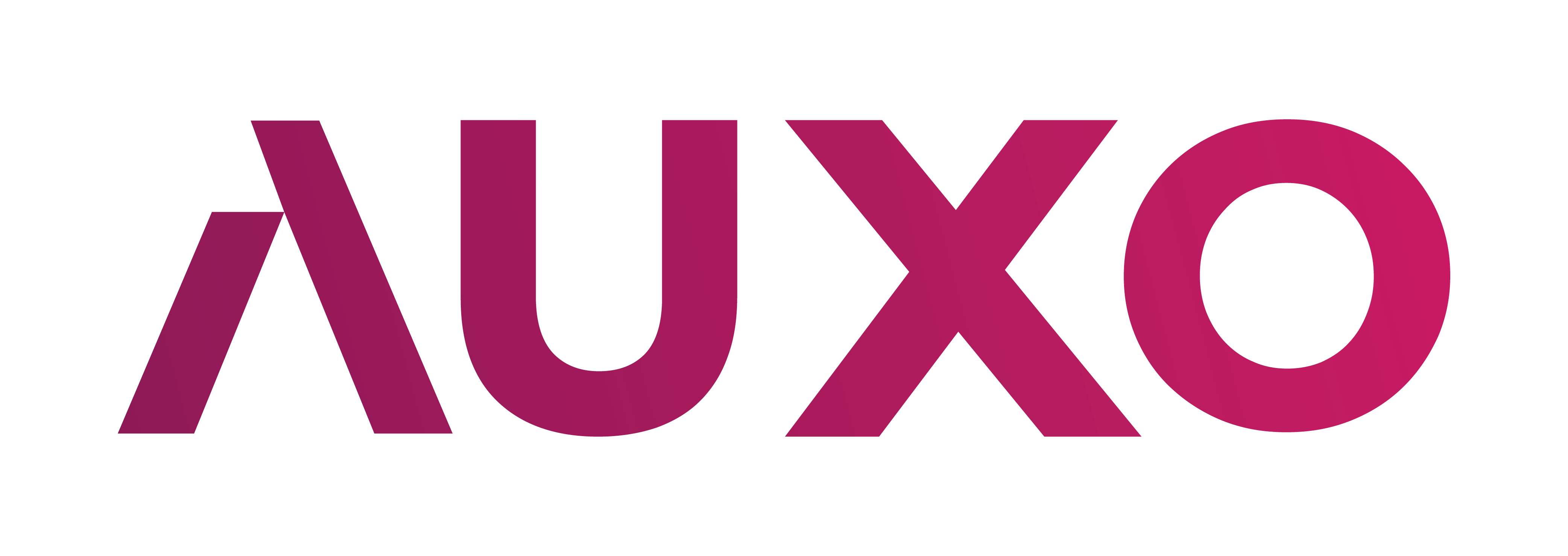In the digital world, a well-designed landing page is the backbone of any successful marketing campaign. I manage to generate over 40,000 leads each month for our service business portfolio—and every lead flows through a landing page. If you’re investing in online ads, an optimised landing page isn’t optional; it’s essential. In this article, we’ll cover why landing pages are so crucial, the key elements of high-converting pages, and how to avoid common pitfalls.
Why Landing Pages Matter
Let’s start with the basics: a landing page is a dedicated web page focused on a single goal—conversions. Unlike a homepage, which offers multiple pathways and content, a landing page is designed to direct visitors to take one specific action, whether it’s filling out a form, downloading a resource, or booking a consultation. Here’s why they’re essential for service businesses:- Single Conversion Focus: Landing pages remove distractions, funnelling visitors toward a single action. This focused approach improves the chances of conversion compared to sending traffic to a generic website page.
- Enhanced Ad Performance: If you’re running paid ads, directing traffic to a tailored landing page that aligns with the ad’s message leads to higher conversions.
- Increased ROI: By optimising for conversions, landing pages help maximise the value of each click, stretching your ad spend further and boosting overall return on investment (ROI).
Creating High-Converting Landing Pages
Now that we understand the importance of landing pages, let’s dive into the elements that drive conversions. Remember, these aren’t just best practices—they’re essentials that every high-performing landing page should have.1. Strong, Clear Headline
Your headline is the first thing visitors see, so it needs to be clear and benefit-driven. Don’t get too clever or vague; focus on communicating the value upfront. Tip: Make it direct and focused on the user’s benefit. Example: Instead of “Get Started,” use something like “Transform Your Home with Expert Renovations – Book Your Free Consultation Today.” This tells the visitor immediately what they’ll gain. Why it works: A clear headline quickly addresses visitors’ needs, grabbing their attention and encouraging them to stay on the page.2. Persuasive, Benefit-Driven Copy
Once your headline captures attention, the page copy needs to build interest and move visitors closer to conversion. Each line should reinforce the value of your service. Tip: Write concise, benefit-oriented copy. Example: For a landscaping business, your copy might read, “Our team turns ordinary yards into beautiful outdoor spaces—perfect for relaxation and entertainment.” Why it works: Effective copy addresses visitor pain points, presents a solution, and enhances their desire to take action.3. Relevant, Impactful Visuals
Images and videos can convey the benefits of your service quickly and effectively. They should support your message and show the outcome your service provides. Tip: Use visuals that showcase the benefits of your service. Example: Include before-and-after images or videos of completed projects to highlight the transformation you can offer. Why it works: Visuals are processed faster than text, making it easy for visitors to understand your offer at a glance.4. Unique Selling Points (USP) with Icons
Highlighting your unique selling points in a visual, easily digestible format can set you apart from competitors and reinforce your expertise. Tip: Use icons to showcase features or benefits, such as “Eco-Friendly Materials,” “Licensed & Insured,” or “Custom Design Services.” Why it works: Icons are visually engaging and quickly communicate what makes your service unique, helping to build trust and recognition.5. Social Proof and Trust Signals
People rely heavily on reviews and testimonials to make purchasing decisions. Social proof, such as customer testimonials and trust badges, reassures potential clients. Tip: Add testimonials, star ratings, and trust icons. Include a quote from a satisfied customer or display a “Licensed & Insured” badge to demonstrate credibility. Why it works: Seeing endorsements from others helps new visitors feel confident in choosing your service, lowering their resistance to converting.6. Simple Contact Form
The form on your landing page should be easy to complete and only request necessary information, especially for visitors at the top of the sales funnel. Tip: Keep it short and only ask for essential details. Example: If offering a consultation, a simple form requesting name, email, and phone number is enough. Why it works: The fewer fields on a form, the less intimidating it feels, which can increase the chances of completion.7. Compelling Call to Action (CTA)
Your CTA button is the final step that directs visitors to take action. It should be specific, action-oriented, and reflect the value of clicking. Tip: Use a CTA that tells visitors exactly what they’ll get. Example: Instead of “Submit,” try “Get My Free Consultation” or “Request a Quote.” Why it works: Specific, action-driven CTAs prompt users to act immediately, rather than leaving the decision for later.8. Mobile Optimisation
Over half of all web traffic comes from mobile devices, so your landing page needs to look and function seamlessly on smaller screens. Tip: Use a mobile-responsive design. Test your page on multiple devices to ensure fast load times and easy navigation on mobile. Why it works: A mobile-friendly page provides a smooth experience for all visitors, preventing immediate bounce-backs from frustrated users.Common Landing Page Mistakes to Avoid
Even with these best practices, there are common mistakes that can undermine your landing page’s success. Here are a few pitfalls to watch out for:- Too Many Distractions: Your landing page should have a single focus. Extra links, multiple CTAs, or complex navigation can distract users from taking action. Solution: Eliminate unnecessary links and keep the design simple.
- Slow Load Time: A landing page that loads slowly loses visitors. Use tools like Google PageSpeed Insights to identify issues and improve load speed by compressing images, reducing code, and choosing reliable hosting.
- Overly Complex Form: Forms that ask for too much information can deter users. Stick to essential fields and keep it as straightforward as possible.





